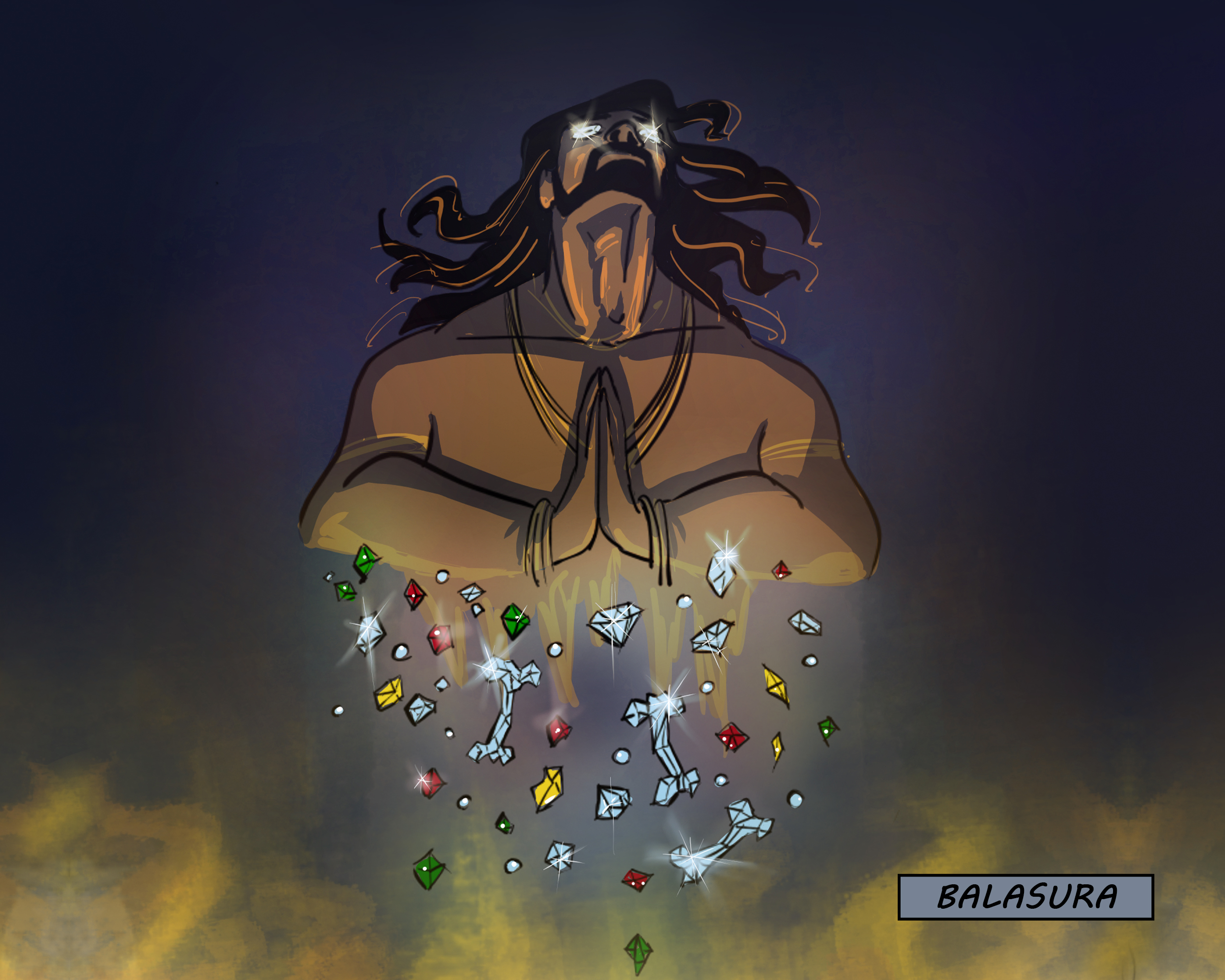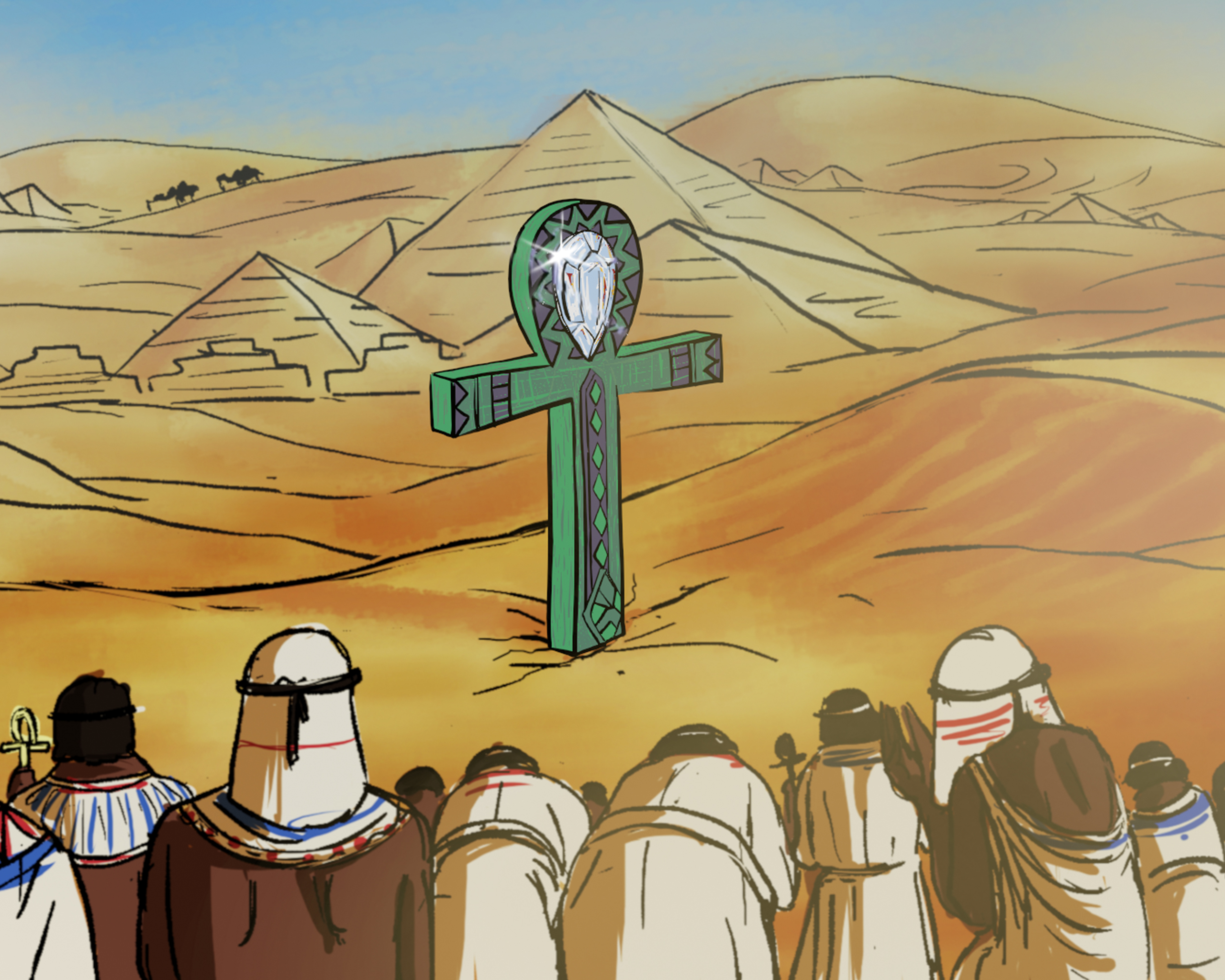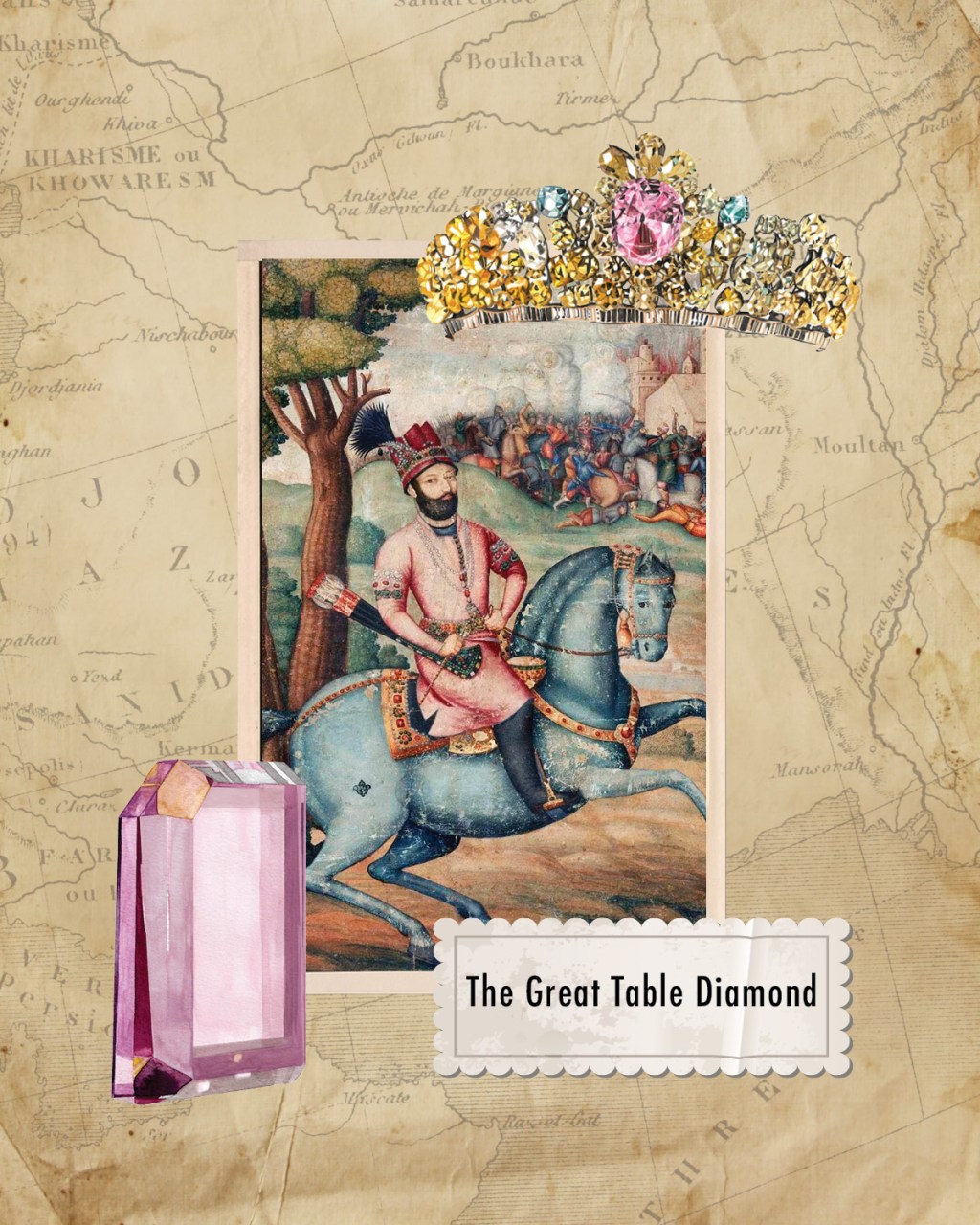Diamonds: The Rock of Gods
Natural diamonds have always been fascinating to humans. Not only have diamonds been a symbol of incredible wealth, they have also stood for strength, power, clarity, invincibility and of course, love. And their mention is found across scriptures of various cultures, alluding to their mystical presence amid mythology making them truly the Rock of Gods.
Images: Artists’ Renditions
|
‘Flawless, high-grade Natural Diamonds confer good fortune upon their wearers.’- (Ref. Garuda Purana: Chapter 68 b)
The history of Natural Diamonds began in India where they were first discovered in around the 8th Century BCE. Believed to be divine blessings, they were considered to be lucky talismans that not only made the wearer/owner stronger but protected them from harm as well. In the Garuda Purana [1] and Ratna Pariksha [2], details about diamonds and their role in rituals and daily lives have been elaborated meticulously. These ancient texts ascribed their divine powers to mystical energies of the universe through enchanting tales. We recount some interesting stories from scriptures and cultures around the world to witness the aura and charm of Natural Diamonds across global mythology.
The Story of the Indomitable Vajra
In ancient times, Natural diamonds were called Vajra [3] or the thunderbolt – the celestial weapon of Indra, the King of Devas, Lord of rain and thunder. Believed to be formed when a thunderbolt struck a rock, Indra’s Vajra was known to be crafted with Natural Diamonds, the hardest substance on earth, and bones – the hardest substance in the body. This invisible weapon wielded great power and was renowned for being used to kill the demon lord of drought, Vrita [4].
The Story of Balasura’s Sacrifice
In the Garuda Purana, we find the story of the Balasura – the indomitable king of the demons. So great was his power that even Indra was vanquished by him! In an effort to defeat him, the devas [5] came up with a cunning plan. They decided to perform a yagna [6]. But that’s not all. They approached Balasura in disguise and requested him to be a part of a sacrifice for the yagna that was being performed for the welfare of his subjects. A kind man with a great heart, the king readily agreed to sacrifice his life. And as he rose to heaven, each part of his body fell back on the earth as precious gems. The diamond was formed from Balasura’s bones, the rubies from his blood, pearls from his teeth, topaz from his skin, sapphires from his eyes. And through them, he achieved immortality.

Tales from the Heart of the Amrit Manthan [7]
When the warring Devas and Asuras [8] churned the Ksheer-Sagar [9] to produce Amrit (the elixir of immortality) from the divine ocean, 14 ratnas [10] – gems- emerged from its depths. According to popular legends, Vasuki [11], Lord Shiva’s [12] divine serpent, was gifted the Nagmani [13], rumoured to be a sky blue colored Diamond. This was for his invaluable contribution in pulling the mortar to extract the amrit [14] Vasuki, wore this sky blue gem, glowing on his head, to symbolise that the divine particle retains its purity even in all adversities. It is said to have Divya Drishti [15], the magical powers of seeing and visualising anything in the world.
Lord Shiva’s divine serpent, was gifted the Nagmani, rumoured to be a sky blue coloured Diamond. This was for his invaluable contribution in pulling the mortar to extract the Amrit.
The Legend of the Symantaka Mani [16]
Mentioned in the Vishnu Purana [17], this diamond was said to be worn by Surya [18], the Sun God, to appear radiant. When he gave it to one of his devotees, Satrajit [19], a Yadav nobleman, tales of its aura travelled far and wide and Lord Krishna [20] requested him to gift it to Ugrasena [21], the Yadav King. But Satrajit refused. Later, when it got stolen, Krishna was accused of murder and theft and to clear his name, he went in search of the famed mani [22] . He found it in the forest, in the hands of the bear Jambhavan [23] and after a long battle won it and also his daughter, Jambavati’s hand in marriage. He returned it to a grateful Satrajit, who gave his daughter Satyabhama [24] in marriage to Krishna. Some speculate that the legendary Syamantaka Mani might be in fact the precious Koh-i-Noor.
The Story of the Divine Diamonds
According to the Garuda Purana, the value of natural diamonds was determined more on colour and clarity than weight. Eight varieties have been listed in great detail, as well.
The Hanspati is a transparent white much like a swan or conch.
The Kamlapati, pink, like a lotus petal.
The Vajraneel is a mesmerising blue-white, like the blue jay,
The Vanaspati is known for its shades of green like in fresh grass,
The Shyamvajra is smokey-grey
The Telia is darkly oleaginous.
The Sanloyee is yellow-green.
Legends have it that Gods and demigods presided over each of the beautifully coloured Natural diamonds:
Varun, the Sea god, ruled over the white diamonds.
Indra favoured yellow diamonds.
Copper-coloured diamonds were for Vayu or the Wind God.
Greenish diamonds (not emeralds) were for Surya.
Agni, the Fire God, ruled brown-coloured diamonds.
Diamonds from Across Cultures
If you thought, these precious Gems had significance only in Hindu Mythology, then we’d be greatly mistaken. Natural Diamonds have been a mnemonic across all of Humankind and the mythological beliefs they share. Natural Diamonds have found a place across The Greek, Egyptian, and Other cultures which have mythological stories to share.
The Greeks accurately called it Adamas – the indestructible. As the story goes, Chronus[25] , the personification of Time, had changed a young man, Adamas into a rare stone that was used as an antidote for poisons, a gift for lovers besides symbolising strength and good fortune.
And that’s not all. The hero Perseus [26] decapitated Medusa [27] with a blade made out of Natural Diamonds; and of course, Gaia, mother of all life, created the first diamond sickle to be given to Chronus to castrate his father Uranus.
Believed to be the falling ‘Tears of the Gods’ and the remains of stars symbolic of the dead heroes who had earned a place in the skies, Plato [28] opined that there were living beings embodied as celestial spirits in the form of these crystals, holding great mystic powers.
The ancient Romans believed Natural Diamonds were the fragments of gods, more precious than gold.
It was them who first associated diamonds with love when Cupid, the God of Love and Desire, carried arrows, tipped with sparkling Natural Diamonds.
The ancient Egyptian hieroglyphic symbol of the Ankh [29] was synonymous with many Egyptian Gods and Pharaohs. It often assumed the role of a sceptre that symbolised indomitable power. While the Ankh did symbolise life, what made it even more impressive was the centrally placed diamond that depicted the sun – the source of all life. Egyptians, like many others during those times, believed that diamonds would ward off danger and make them invincible.

Natural Diamonds have been known to be the rocks of gods for centuries now. And why wouldn’t they be? Their beauty is undeniably divine. But with the ages, they have become much more attainable to mere mortals like you and me. No longer shrouded in mystery, diamonds have grown to become the epitome of beauty, love, pride and commitment. The Rock of Gods continues to shine through times and ages.

Disclaimer: This content is a creative representation of Indian mythology.
